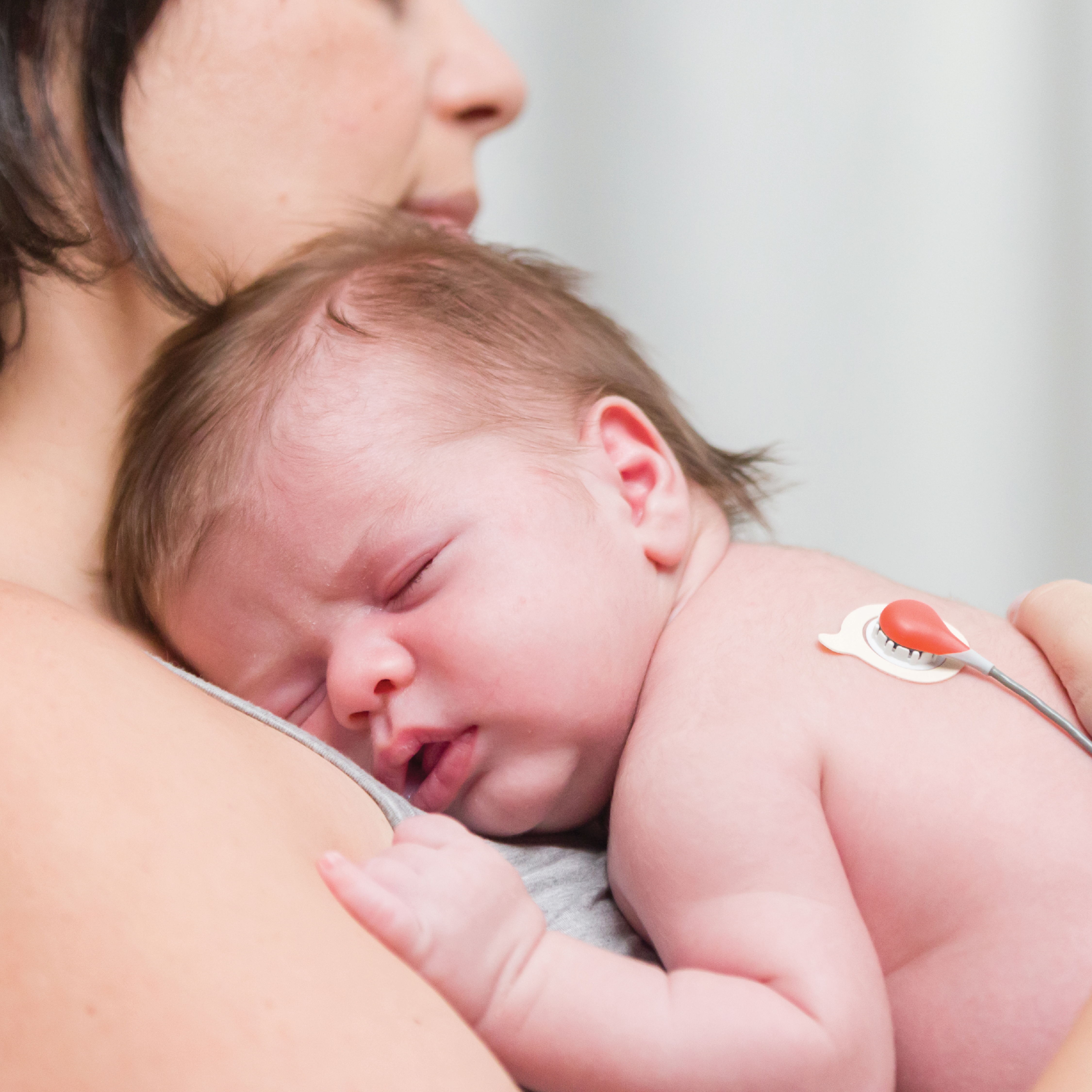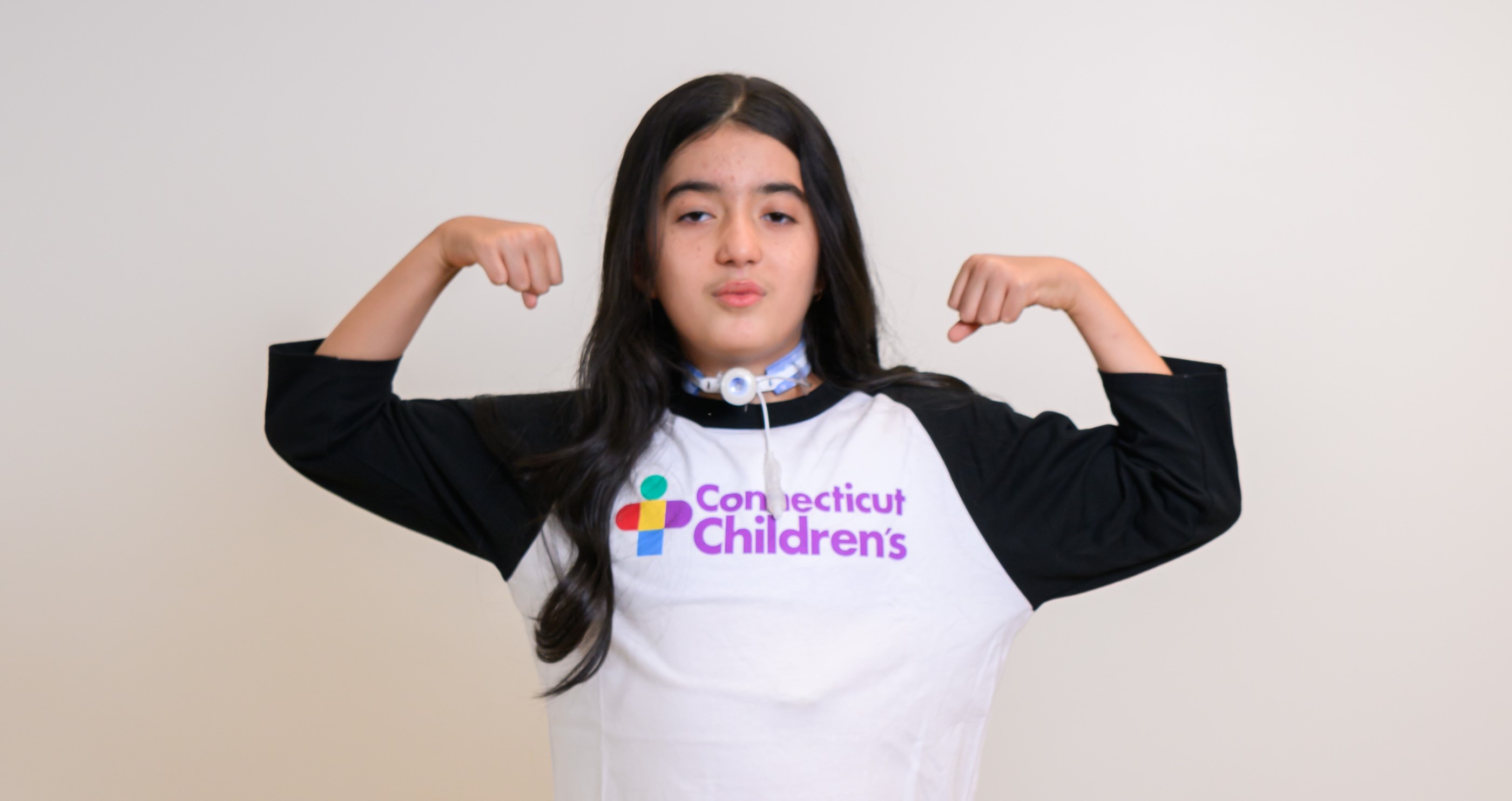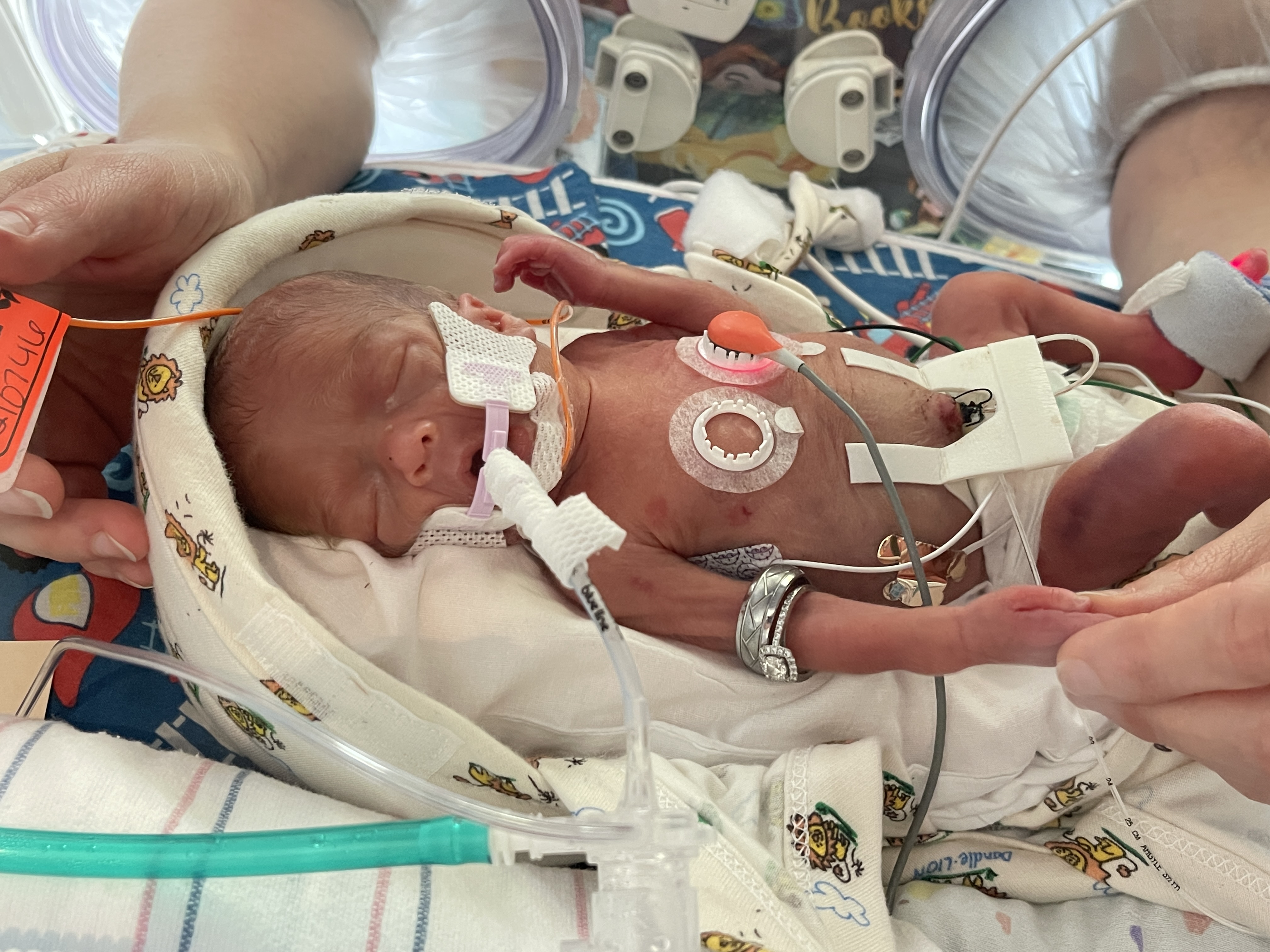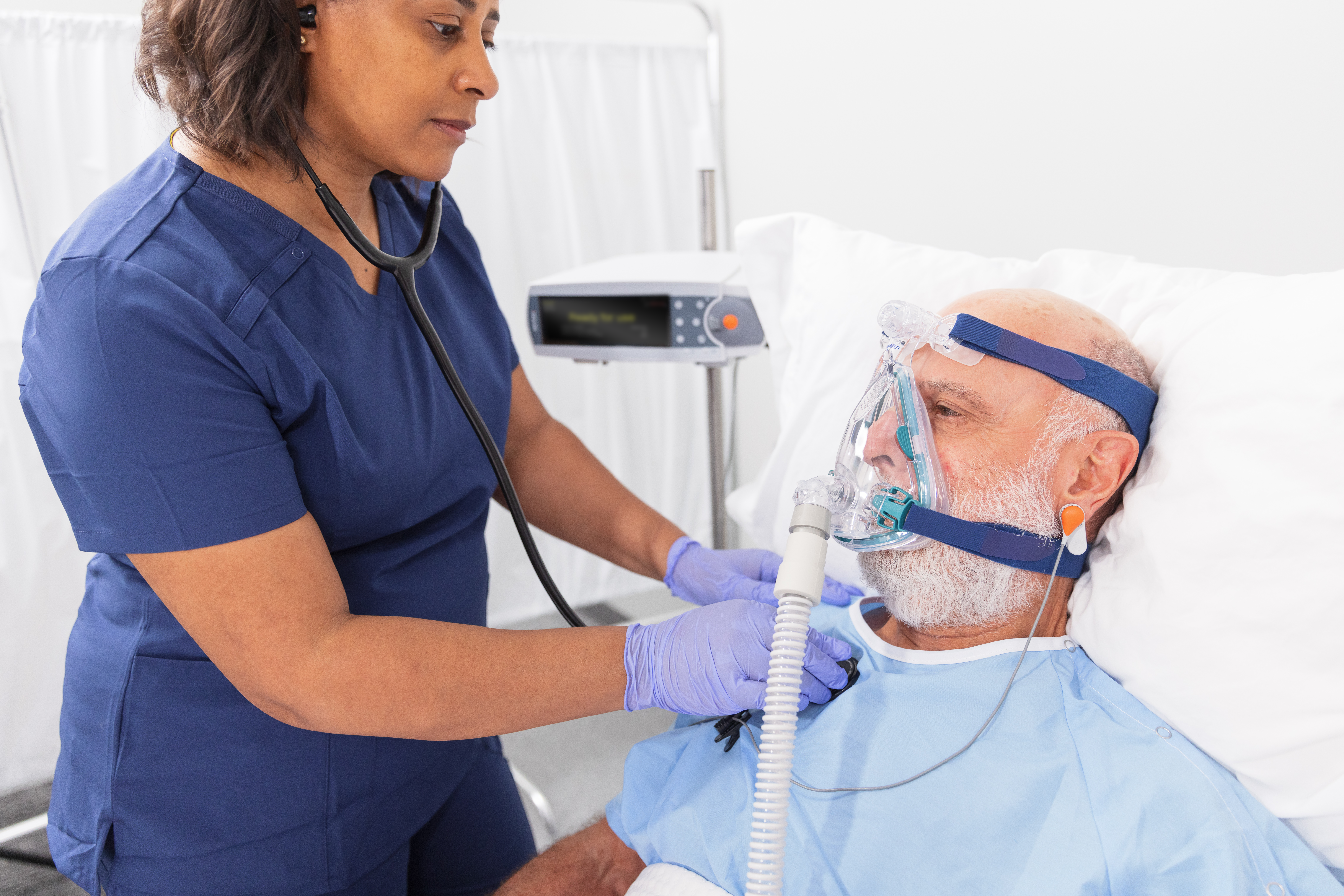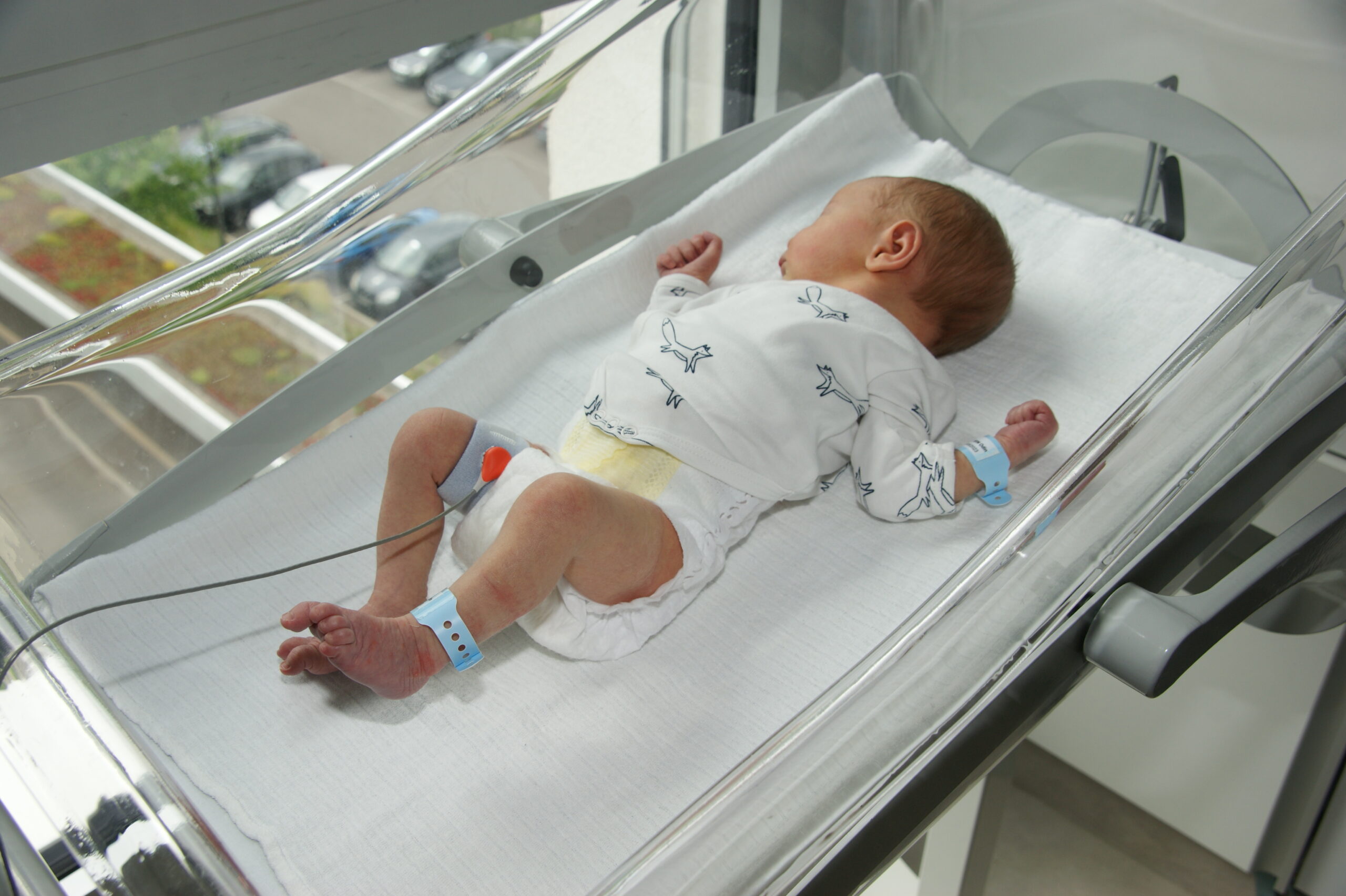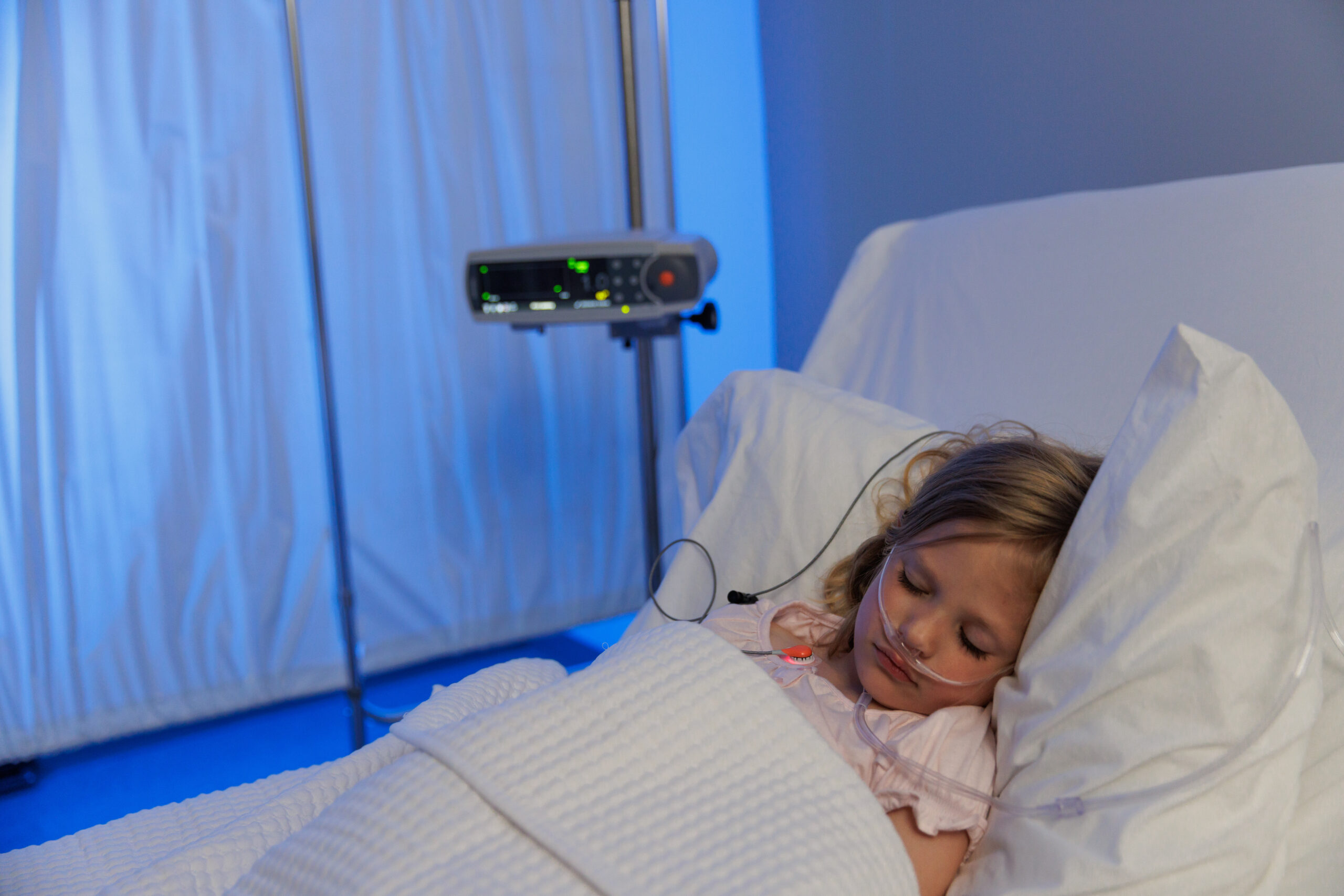MENU
- Sentec Article
What is Kangaroo Care in the NICU?
Every aspect of neonatal care matters, from the sounds infants hear to their exposure to light. Kangaroo care, also known as kangaroo mother care or skin-to-skin contact, is a method of holding a newborn baby on the bare chest of the mother or father, with their skin in direct contact.
- Patient Story
Ella’s Story with IPV Therapy
Ella lives with nemaline myopathy, a rare genetic disorder affecting approximately 1 in 50,000 births. This condition weakens the skeletal muscles responsible for movement, making everyday tasks like walking, speaking, swallowing, and even breathing uniquely challenging.
- Sentec Article
How Transcutaneous CO2 Monitoring Can Help NICU Nurses Advocate for Patients
Continuous CO2 monitoring is a powerful tool that can help NICU nurses as they advocate for their tiny patients. Discover 4 ways it can help amplify your voice.
- Product Spotlight
Attachment Solutions For Transcutaneous CO2 Monitoring
The Sentec suite of attachment options for transcutaneous CO2 monitoring allows care teams to confidently choose solutions that support the clinical priorities of each patient — across populations and care settings.
- Sentec Article
5 Keys to Success in Adopting Transcutaneous Monitoring
Learn more about how a level IV NICU team was recently successful in developing an all-encompassing strategy to drive consistent utilization of transcutaneous monitoring with the goal of improving patient care.
- Sentec Article
Is It Time to Reconsider Transcutaneous CO2 Monitoring for Your Unit?
In NICUs, PICUs, and sleep labs around the world, transcutaneous monitoring has increasingly become a trusted tool for continuous, noninvasive CO2 measurement. The technology can help reduce the need for frequent blood draws, enable proactive ventilator management, and offer additional benefits as care teams support diverse patient populations.
- Sentec Article
5 Ways End-Tidal CO2 Monitoring Can Fall Short in the NICU
In the NICU, closely monitoring carbon dioxide (CO2) levels is a crucial aspect of care for premature and critically ill infants — fluctuations in CO2 levels can disrupt cerebral blood flow, increasing the risk of intraventricular hemorrhage (IVH), periventricular leukomalacia (PVL), and other cerebral injuries.¹
- Guest Article
Transcutaneous CO2 Monitoring in Pediatric Sleep Studies: Case Studies from Nemours Children’s Hospital
In the Pediatric Sleep Center at Nemours Children’s Hospital, transcutaneous CO2 monitoring is a valuable tool that we use for both routine and complex cases.
- Sentec Article
5 Reasons to Consider Transcutaneous CO2 Monitoring for Your Small Baby Unit
In a small baby unit, transcutaneous CO2 monitoring can support care teams in delivering the high level of care preterm babies require. The technology provides continuous CO2 monitoring, supporting timely assessments of respiratory status to aid in protecting the vulnerable brains and lungs of neonatal patients.
- Sentec Article
Targeting CO2 to Improve Outcomes in Patients with Chronic Hypercapnia
A growing body of research raises an important question: Are patients with chronic hypercapnic respiratory failure being adequately managed? For these individuals, the presence of elevated CO2 levels alongside normal or near-normal pH levels — a result of renal compensation — is often overlooked.
